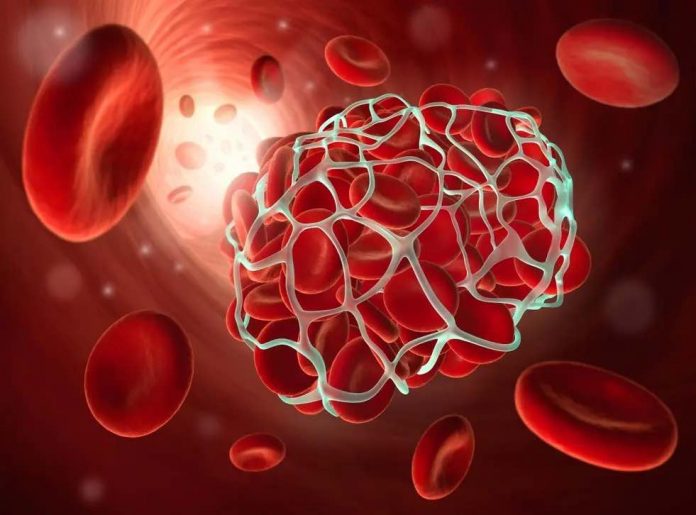A new study has unearthed a potential problem involving implanted heart valves that hundreds of thousands of individuals have received: they do not open and close properly, possibly because a blood clot has formed that could increase the risk of stroke. The artificial valves that pose the risk are bioprosthetic aortic valves, which are made from cow, pig or human tissue. They have become more popular than mechanical ones made from synthetic materials because they do not require lifelong use of blood thinners to prevent blood clots. The study was published on October 5 in The New England Journal of Medicine by investigators at the Cedars–Sinai Heart Institute in Los Angeles.
The bioprosthetic aortic valves are placed either with open heart surgery or by a catheter threaded into the heart. The latter method, known as transcatheter aortic-valve replacement (TAVR) is popular because it is minimally invasive. The investigation into the valves began after heart surgeons discovered reduced aortic-valve leaflet motion on computed tomography
(CT) in a patient who had a stroke after a TAVR during an ongoing clinical trial. The finding raised a concern about blood clots possibly forming on the valve leaflets; therefore, a thorough investigation was initiated. The researchers analyzed data obtained from 55 patients in a clinical trial of TAVR and from two single-center registries that comprised 132 patients who were undergoing either TAVR or surgical aortic-valve bioprosthesis implantation. They obtained four-dimensional CT scans together with data on anticoagulation and clinical outcomes, including strokes and transient ischemic attacks (TIAs).
The investigators found reduced leaflet motion was noted on CT in 22 of 55 patients (40%) in the clinical trial and in 17 of 132 patients (13%) in the two registries. Reduced leaflet motion was detected among patients with a variety of bioprosthesis devices, including transcatheter and surgical bioprostheses. Anticoagulation with warfarin (Coumadin), was compared to antiplatelet therapy; warfarin therapy was associated with a decreased incidence of reduced leaflet motion (warfarin: 0%; antiplatelet: 55%) in the clinical trial; a similar decrease was found in the two registries (warfarin: 0%; antiplatelet: 29%). In patients who were reevaluated with follow-up CT, restoration of leaflet motion was noted in all 11 patients who were receiving anticoagulation and in 1 of 10 patients who were not receiving anticoagulation. There was no significant difference in the incidence of stroke or TIA between patients with reduced leaflet motion and those with normal leaflet motion in the clinical trial (2 of 22 patients and 0 of 33 patients, respectively; however, a significant difference was detected in the two registries (3 of 17 patients and 1 of 115 patients, respectively).
The authors concluded that reduced aortic-valve leaflet motion occurred in patients with bioprosthetic aortic valves. The condition resolved with therapeutic anticoagulation. They noted that the effect of this finding on clinical outcomes including stroke needs further investigation.








